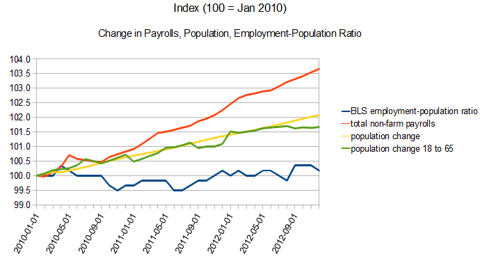Walter Shewhart is often quoted as saying that "Data is meaningless without context." An immediate corollary is that even if methods drive results, methods are meaningless unless rate of Situational Awareness roughly matches rate of context change. That drives home the point that Outcomes are not manageable without agility in changing communications, analysis and experimentation at appropriately coordinated rates. Finally, agile communications and analysis are not possible without agile, context-dependent semantics. That's the price we pay for employing an incredibly agile language with low overhead. Just because you own a dog and she is a mother, is it always useful to claim she's your mother? Socrates and the Sophists discussed this at length 2300 years ago. Why on earth are we still struggling with the same fundamentals, on our supposedly smart phones?
@#$%^&!!!
It's the same issue when it comes to discussing fiat debt with our modern day Selective Sophist Society, who we let run all forms of fiat policy. Listening to most specialists discuss policy issues is like watching a troop of ballerina's try to discuss ballistics. No matter how hard they try, the discussion only diverges from their increasingly isolated semantics.
We can't have infinite flexibilty, aka adaptive rate, without fiat semantics and agile situational awareness. Steve Hansen drives that point home very well in his current article about unemployment reports, below. In this case, the level of discussion in economic policy would undoubtedly improve if we did let ballerinas run the BLS. They'd at least ask the obvious, simple questions - as Steve does. The lesson is that every process is too important to be left to the presumed process owners. Among other reasons, their semantics atrophy and cause us to lose net social agility.
Does Anyone Really Understand What Is Going On With Employment?
Where's the sectoral balance in this chart, where the sectors should display some balance? As a start, add the error estimates, so we could at least see the variance and/or the claimed confidence in the data? Some or all of the data is obviously unreliable. Which sources are unreliable? Just some, or all of 'em?

Without coherent, fiat semantics, there's no fiat currency policy. To increase semantic agility, always imagine the error-in-context estimates to ANYTHING you hear anyone, not just policy staff, say. That will drive home Shewhart's axiom, and it's corollaries.
2 comments:
forgot to mention John Williams Shadow Stats blog
http://www.shadowstats.com/
In today's fast changing environment, requirements keep changing, and all this upfront planning is wasted if there is a major change in the specification at a later point of time. But Agile follows self-organized style as individuals are not managed and the organization is de-centralized.
Post a Comment